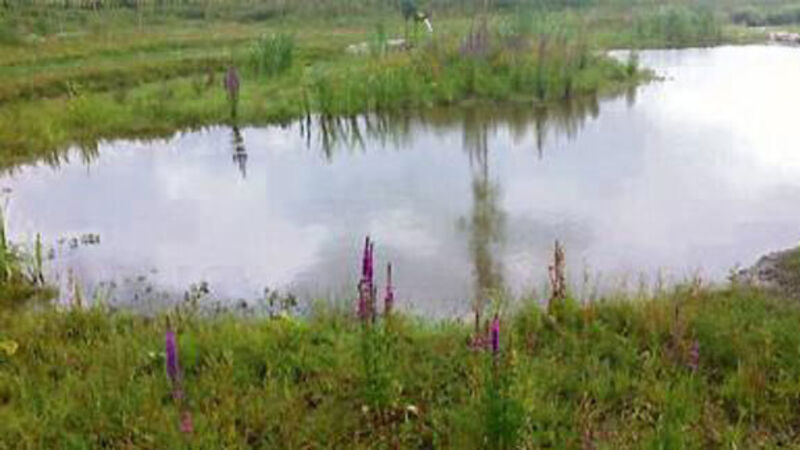Water lilies’ big role in our past diet

There are two native species of water lily in this country, though some cultivated varieties have become naturalised, mostly in ponds and lakes in what are, or once were, big estates. The commonest wild species is the yellow water lily. The golf-ball sized flowers are held a few centimetres above the water surface on a stout stalk. The tennis-ball sized flowers of the white lily float on the surface and have a mass of yellow stamens in the centre. They are fragrant and spectacular.
I once thought that the two species had different preferences when it came to water acidity and that was why the white water lily was commoner on acidic soils in the west — I’ve even found it growing in pools in blanket bog. But I’ve since found many sites where the two species grow side by side and I no longer believe that PH is a significant factor. It seems that the yellow water lily is commoner because it’s less fussy. It will tolerate dissolved nutrients in the water (in other words, mild pollution) and grow in partial shade. It’s also a bit more flexible when it comes to the depth of water it will grow in. The white species really demands two metres between its floating pads and flowers and the mud in which its rhizomes over-winter.










